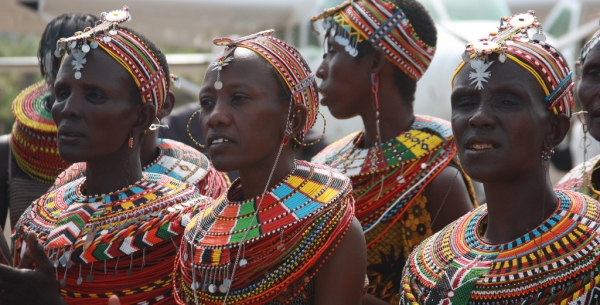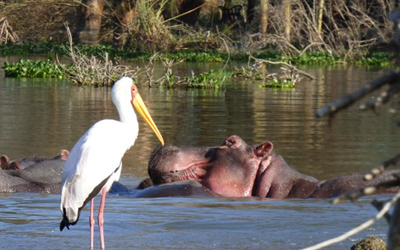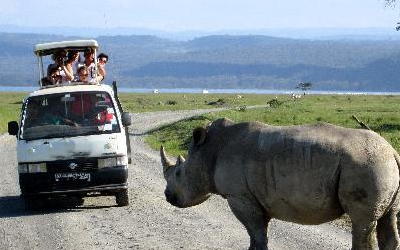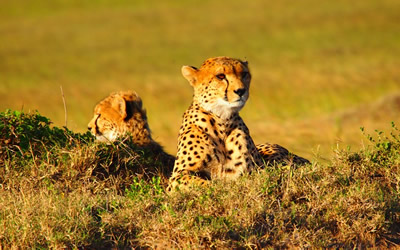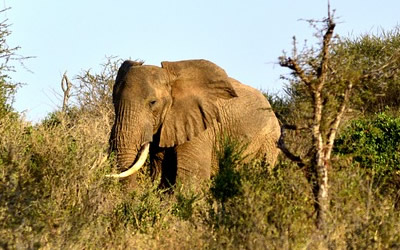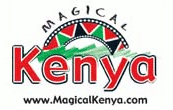The Turkana tribes happen to be part of the Nilotes and rated second in the list of pastorals after the Maasais. Those born in the Turkana culture do speak a unique language known as the Turkana language similar to that of other Nilotes in the country. This people have managed to maintain their traditions and customs of being great warriors as well as inhospitable terrain survivors. Their original home before settling in Kenya was Karamojong from northeastern Uganda.
Clothing
The Turkana culture of clothing has been one of the amazing dressing codes in Kenya making it a tourist attraction to many people who visit the country. Both their men and women use rectangular wraps produced from animal skins. The difference between men and wen way of dressing is that men connect one end of their wrap to the other over the right shoulder. They also carry some wrist knives covered with the goat skin as a way of self-protection. Women dressing code is associated with necklaces and beads at the hair ends. They use different clothing styles to differentiate their age groups, stages of development as well as occasions in their community.
Livestock
Being pastorals, the Turkana community values their livestock as a measure of wealth. They live a nomadic life in search of pasture and water for their animals. The community has been associated with cattle raiding in order to acquire more animals as their assets in future. Product gained form this livestock like milk and meat act as a source of food for the community. Cattle may also pay the bride price during marriage.
Food
Despite the fact that Turkana people live in arid and semi-arid areas, they need food as a basic need. The Turkana culture has milk, blood and meat as their staple food for the community. For the purpose of nutrition, women are assigned the responsibility of gathering wild fruits and vegetables. They also engage in batter trade with the Pokot community, exchanging maize and bean for tobacco.
Housing
When you visit the Turkana land, it is easier to recognize tradition in their housing pattern. The Turkana cultural houses are primarily made of wooden frame work and domed saplings. To make the house more warmer, livestock skin is attached to it in style. Roofing is done by thatching and later lashed on to make the house complete for settling. The house is spacious to host a family of six members. Cattles are not an exception as they also live in brush wooden pens.
Traditional Religion
Unlike other communities which have joined Christianity or Muslim, the Turkana culture still holds to the African traditional way of worshiping God. They believe that their God lives in heaven and they refer to him as Akuj or the Kuj. They dedicate their prayers to kuj directly or through the ancestors. They turn to their God for help in times of crisis, calamities and even disasters like drought. The African tradition set their code of conduct on how they are expected to behave at any given time. Maintaining a culture is hard more so with the change in technology. Therefore, any community with its traditional roots should be appreciated.

